“Starting slow is still a start. Even if your ambitions are huge, start slow, start small, build gradually, build smart.”
Gary Vaynerchuk
While it may not be perfect, the Earthway Seeder is a solid entry-level vegetable seeder that can help first time growers start slow and start small while still getting the job done.
When first trying to decide what kind of mechanized direct seeder to purchase, it can be a bit daunting with all the available options. Figuring out which one is right for you and your farm depends on what your needs are.
- Will you be planting larger seeds, smaller seeds, or both?
- Will you be planting multiple rows simultaneously or one row at a time?
- How close will you need your rows to be?
- How accurate do you need your in-row spacing to be?
- How do you prepare your beds before planting?
These are all considerations that will need to come into play when making your choice for which seeder to buy. This article is the first of a four-part series where we’ll look closely at the pros and cons of the most common direct seeders being used on small-scale market farms. Here is a list of the top five and the current market prices for each.
- The Earthway Seeder – $168 (includes seven seed plates)
- The Four-Row Pinpoint Seeder – $279
- The Six-Row Seeder – $650
- Jang Seeders:
- JP-1 – $569 (includes three seed rollers in the kit)
- JP-5 – $2,239 (includes 20 seed rollers in the kit)
The Earthway Seeder
I remember the very first direct seeder I purchased was the Earthway. This was at the beginning of my farming journey back in 2010. With a relatively lower price point of around $150, it was a way to get in the game without spending a fortune, especially as I was still learning the ropes.
Since then, I’ve had experience using all of the other seeders in our list, and have observed the pros and cons for each of them. Here’s a look at the pros and cons of the Earthway Seeder.
Pros
Low Price
You can purchase an Earthway Seeder for only $168. This is considerably less than most other direct seeders currently on the market. The Earthway may not be the highest quality seeder compared to the other options, but it is sufficient to get the job done, especially if you are just starting out.
Versatility
When I first purchased my Earthway Seeder, it came with multiple seed plates included to accommodate a variety of seed sizes, it appeared to come equipped to do a little bit of everything, from small seeds to larger seeds. Here is a list of the included plates:
- Seed Plate 18100 – Sweet Corn – 7.2” spacing
- Seed Plate 18101 – Radish – 3” spacing
- Seed Plate 18102 – Carrot – 4.5” spacing
- Seed Plate 18103 – Beans – 3.6” spacing
- Seed Plate 18104 – Peas – 3” spacing
- Seed Plate 18105 – Beets – 3.6” spacing
There is also a list of other crops with similar seed sizes which the included plates will also work for. However, there is a lot of approximation involved.
Works Well for Larger Seeds
Though the Earthway is not the best when it comes to accuracy for smaller seeds, it actually does a pretty good job with larger seeds, like sweet corn, lima beans, and peas. Some of the more expensive seeders on the market, while great with singulating small seeds, will have occasional issues with larger seeds. While not perfect, the Earthway Seeder gets the job done with larger seeds.
Convenient Row Marker
A nice feature on the Earthway is the adjustable swivel arm engineered onto the handle. It can swivel to the left or the right with an adjustable marker to drag a line in the soil, marking your next row while you are simultaneously seeding the current row. The adjustable marker slides in and out on the arm, allowing you to customize your between-row spacing.
Cons
Inaccurate Seed Singulation
I noticed pretty quickly that the Earthway lacked the ability to accurately singulate small seeds. With seeds often coming out in clumps rather than one at a time, it poses a number of challenges. (1) You end up wasting a lot of seed, and (2) you are then required to spend the extra time and labor to go back and thin your rows after germination. Correct in-row spacing is important so your crops aren’t overcrowded and jeopardized by lack of airflow and competing for available nutrients.
Inability to Adjust In-Row Spacing
With each seed plate having a fixed spacing (see aforementioned list) you are subject to the spacing of the seed plates whether you like it or not. You may want to plant lettuce densely within the row to be harvested as a baby leaf spring mix, or you may want to increase the spacing to grow mini-heads, or perhaps even full-size head lettuce. The Earthway Seeder only provides one option.
Inability to Adjust Handle Height
The Earthway Seeder has a fixed handle. Without the ability to lengthen it for farmers taller in stature, it can cause strain on the back, especially when there’s a lot of seeding to be done.
Issues With The Hopper
Not Removeable
The hopper on the Earthway is not removable. This means after seeding a bed you have to turn the entire seeder upside down to pour the remaining seed back into its container.
No Lid
Another issue with the hopper is that it lacks a lid. This means you are subject to the risk of spilling the seed if the seeder is knocked over. You are also vulnerable to the seed getting wet if it begins to rain (even lightly) while seeding in the field.
Fails With Low Seed Level
In addition, when the seed is getting low in the hopper, the divots in the seed plate will not consistently pick up seeds to drop them down the chute. This necessitates you keeping a close eye on the hopper to make sure the seed isn’t getting too low. Otherwise, you could end up with gaps of no seed dropping in your rows.
Too Lightweight
While the Earthway is easy to carry around the farm with its plastic and lightweight aluminum construction, it can get bumped around by rocks when pushing it through the soil. Unlike a more heavy duty steel framed seeder, the Earthway requires you to go a little slower in order to maintain traction in the bed and make sure everything is functioning properly.
Fails in Wet Soil
When you’re trying to stay on a planting schedule but moisture levels are too high from previous rain, the Earthway can pose some challenges. When the soil is too wet, it can stick and clump to the plastic wheels while the seeder is being pushed through the bed. It can also clump inside the opening shoe that creates the furrow where the seed is dropped. When this happens, the seed coming down the chute will collect on the clump of dirt, rather than falling into the furrow as intended.
It’s fairly easy to clean out mud from the shoe, but if the soil is on the wet side when seeding, make sure to keep a close eye on this as you are seeding.
Chain Fails To Cover Furrow
The small chain mounted as a half-circle behind the opening shoe is designed to drag over the soil and cover freshly planted seeds. However, when planting larger seeds like sweet corn, lbeans, and peas, it will not always fully cover the seeds. This requires a post-seeding inspection to ensure all of your seeds are fully covered, preventing them from drying out and failing to germinate.
Small Seeds Gets Stuck Behind Plate
Small round seeds (like brassicas) will often get stuck behind the seed plate in the hopper. This makes a grinding sound and interferes with seeding.
Earthway Seeder Hacks
Farmer Josh Volk of Slow Hand Farm came up with some effective hacks to solve some of the inherent problems with the Earthway Seeder.
Hack for Mud Collecting on Wheels
To solve the issue of mud sticking to the wheels in wet conditions, Josh came up with a remedy. Using a piece of wire, about the thickness of a landscape flag, bend it into a U-shape to mimic the wheel’s arch. Loosen the bolts on the axle, then attach the ends of the wire to the bolts, then re-tighten.
Once installed, the wire barely scrapes the wheel just as it’s coming off the ground, and knocks off the mud that would otherwise have collected on the wheel. Problems solved!
Hack for Small Seed Getting Stuck Behind Seed Plate
To fix this problem, Josh recommends taking a 4” ABS pipe cap, drilling a hole in the center, and replacing the screw for the top pulley with a longer one that extends into the seed hopper. Then tighten that cap against the seed plate with a wing nut to keep it from flexing as much.
While this does work, it adds some steps to swapping out seed plates. The goal is to get the tension on the screw just right to where the plate still spins but doesn’t begin flexing due to over-tightening.
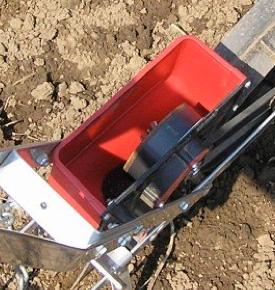
Hack for Seeding Two Rows Simultaneously
Farmer Josh also demonstrates how two Earthway Seeders can be “ganged” together with two boards. To do this, install one board just below the handles at the top of the arms, and another down below, just behind the hopper. For seeding a high volume this can save a lot of walking!
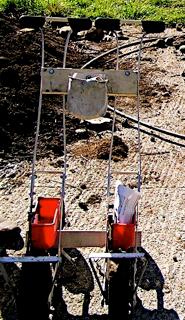
Conclusion
Obviously, the list of cons outweighs the pros in this review of the Earthway Seeder. However, that does NOT mean it’s a terrible seeder and not worth the investment. Many farmers will hang on to their Earthway Seeder even after upgrading to a higher quality seeder, and just use it for direct sowing beans or sweet corn (which it does great with). If you’re just getting into market gardening and don’t have a lot of start-up capital to work with, the Earthway Seeder is a good entry-level direct seeder to start with.
Relevant Links
Josh Sattin: The Earthway Seeder vs. The Jang Seeder | Jang JP-5 Seeder vs. 6-Row Seeder | The Four-Row Pinpoint Seeder
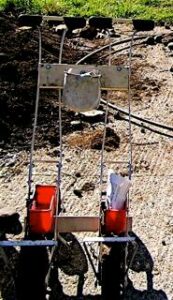

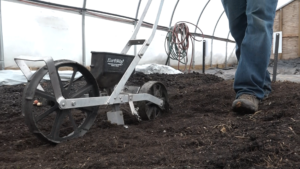
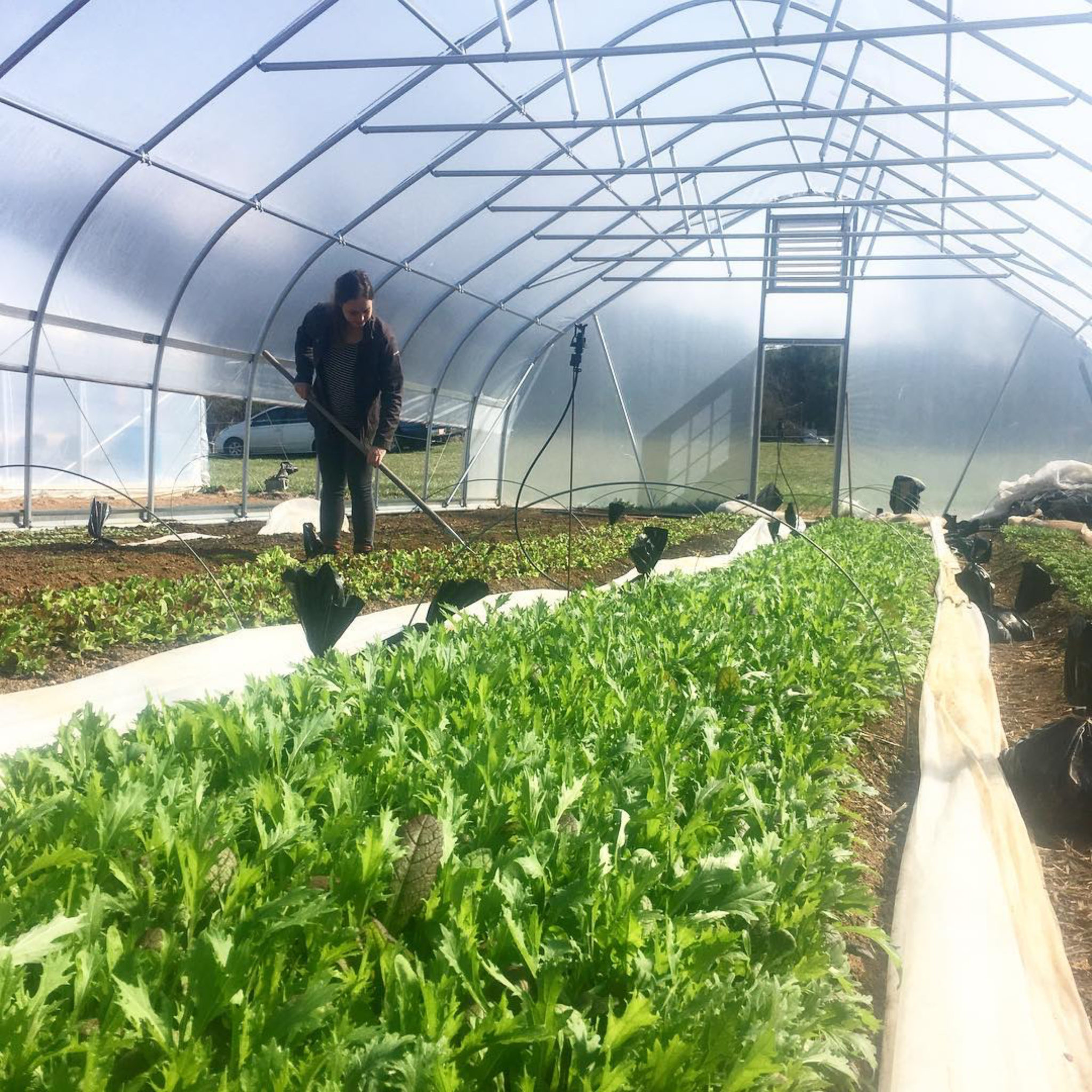
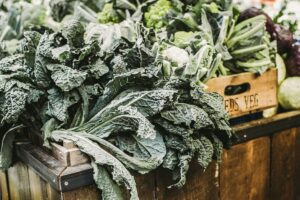


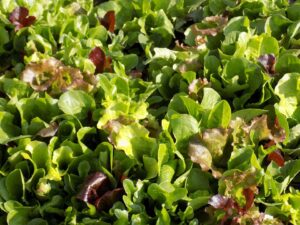
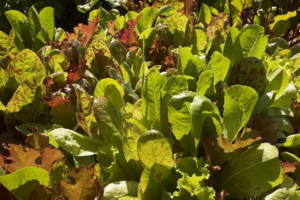
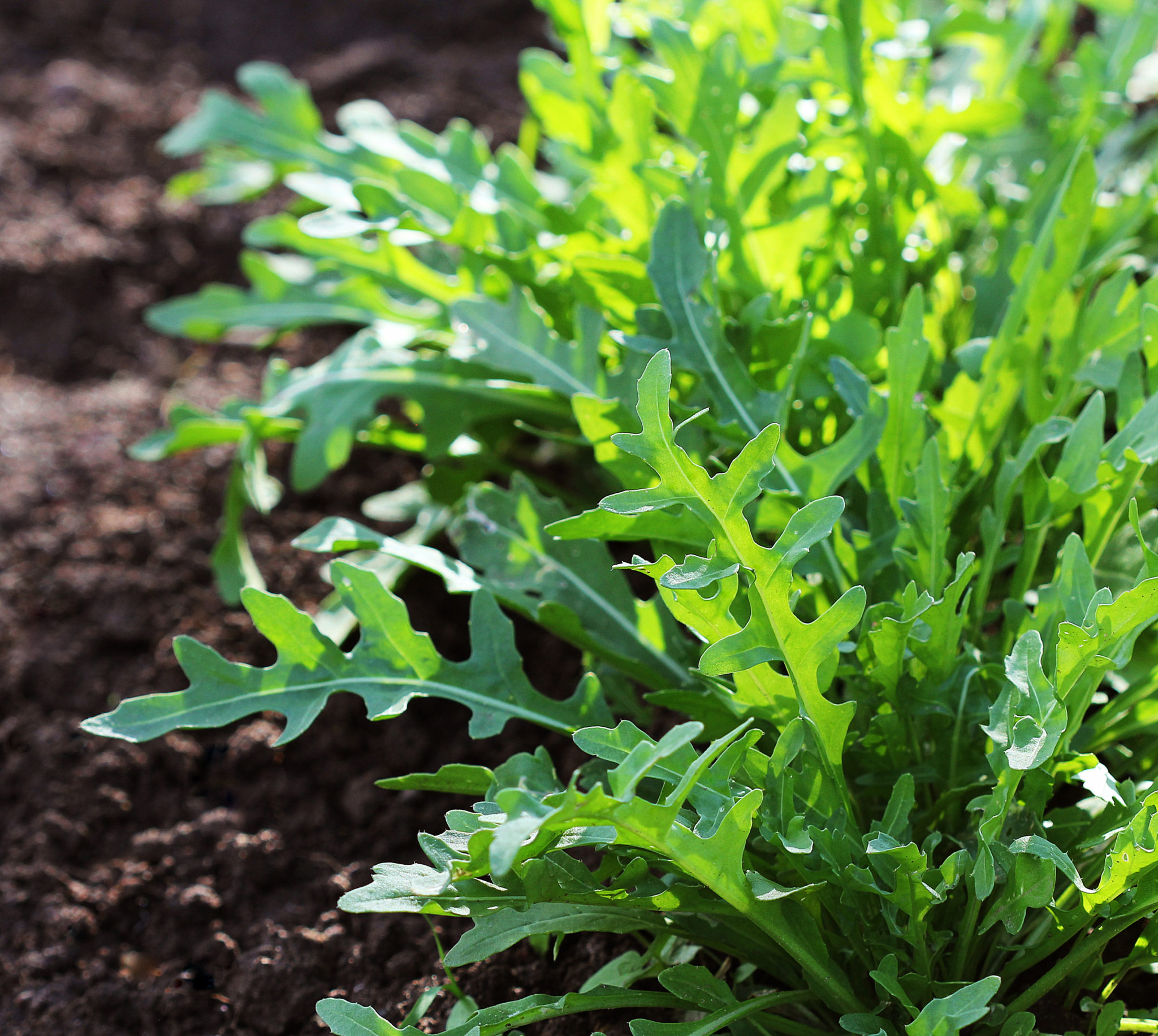
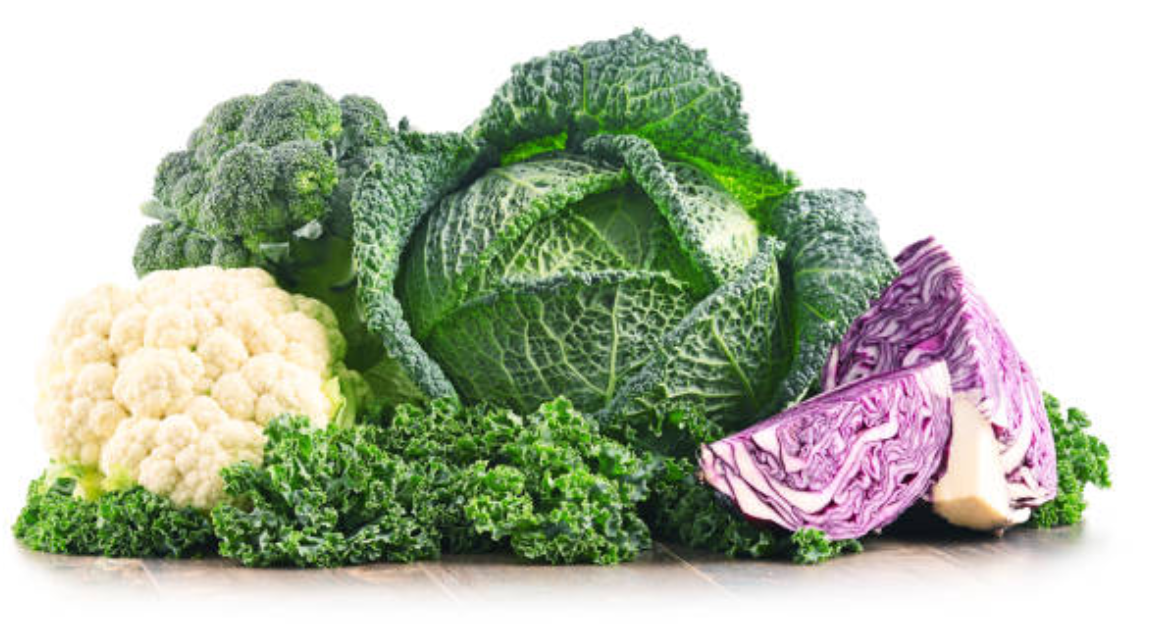


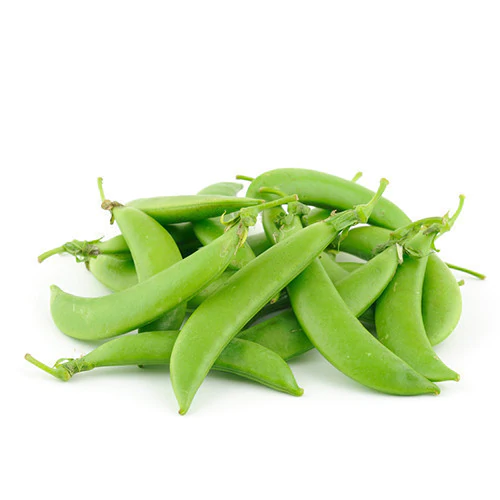
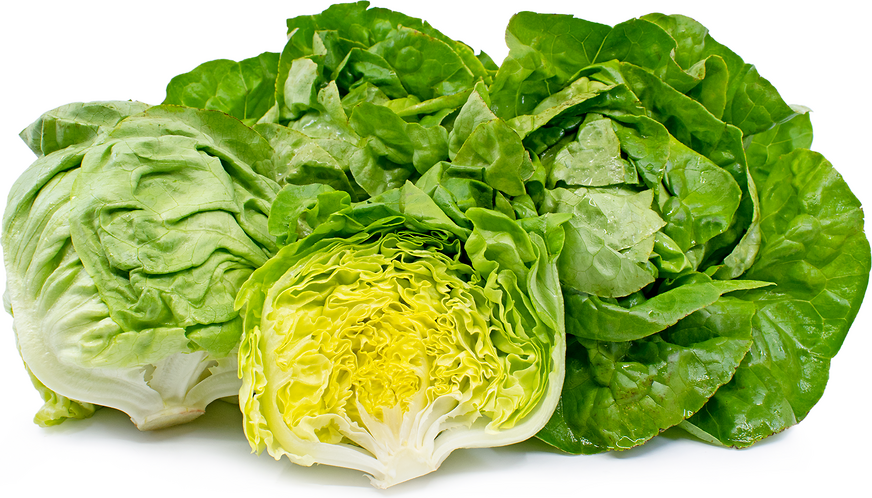
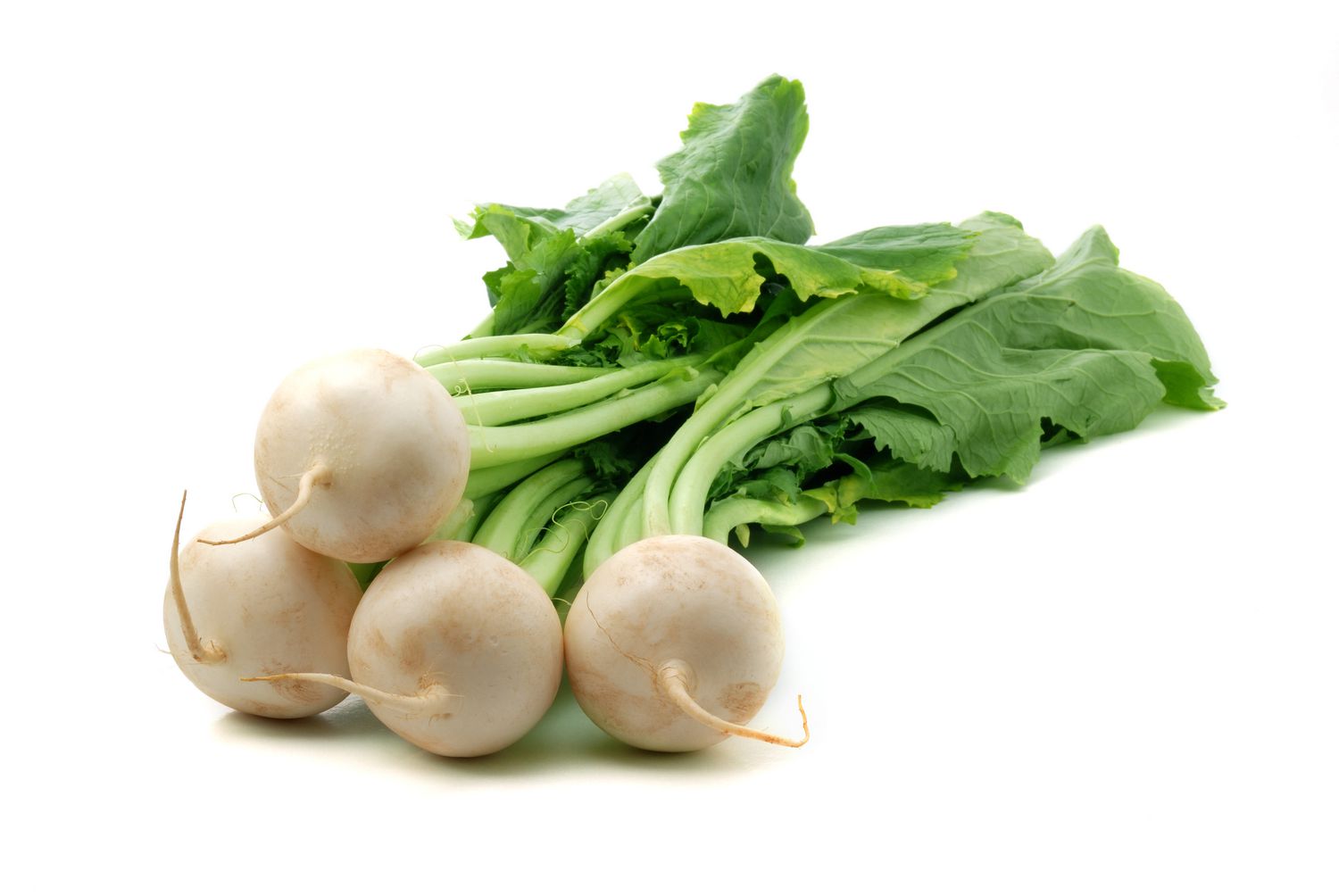

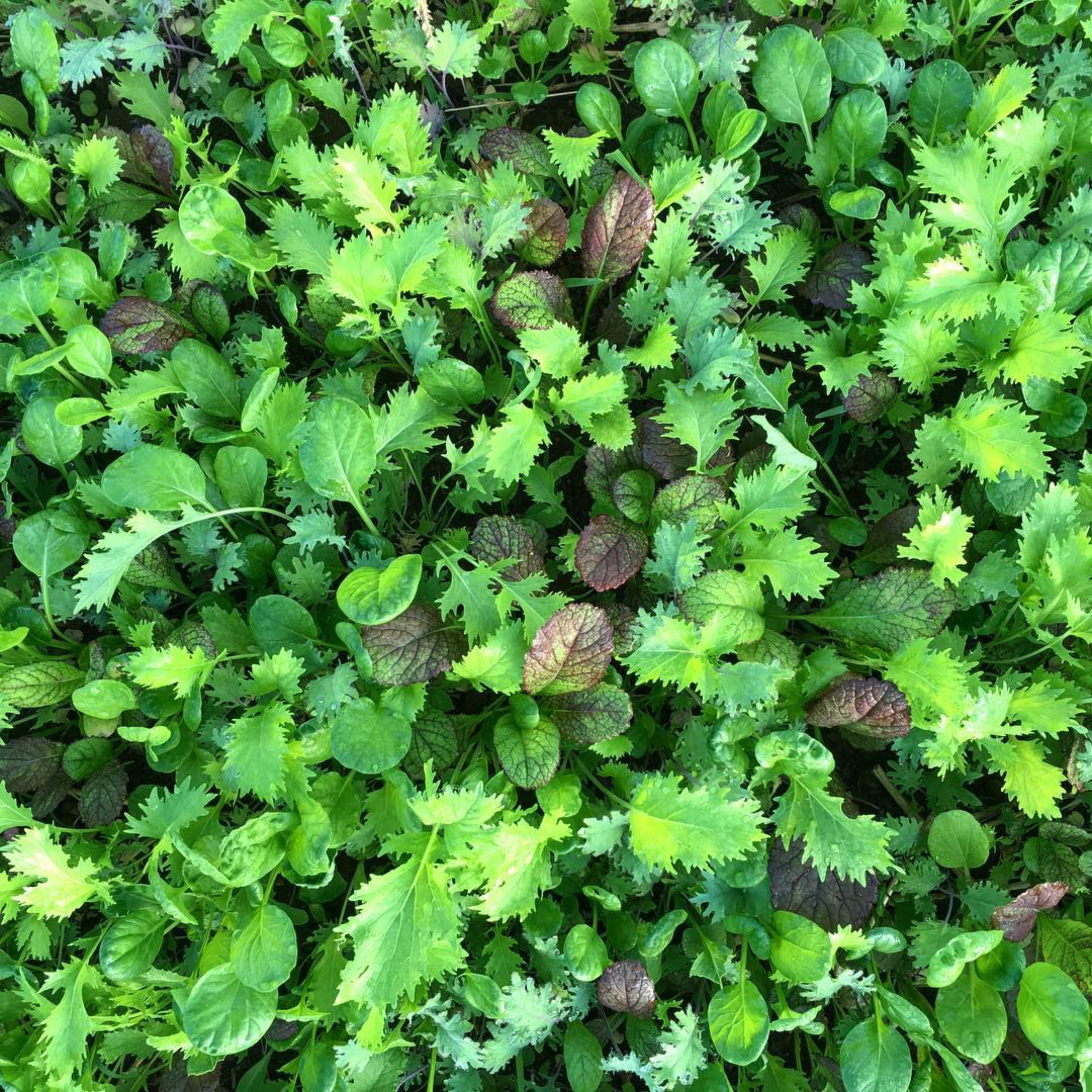
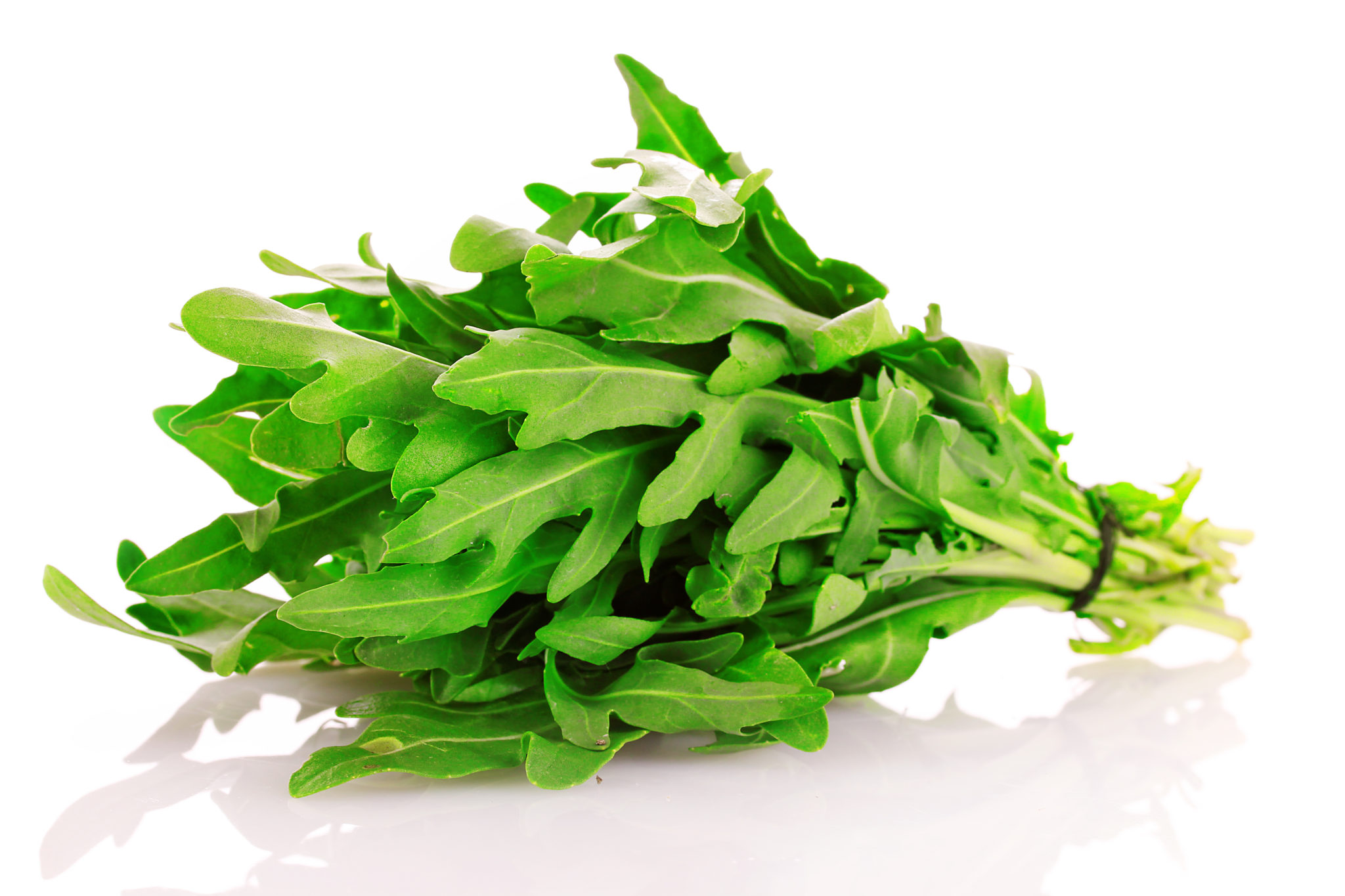
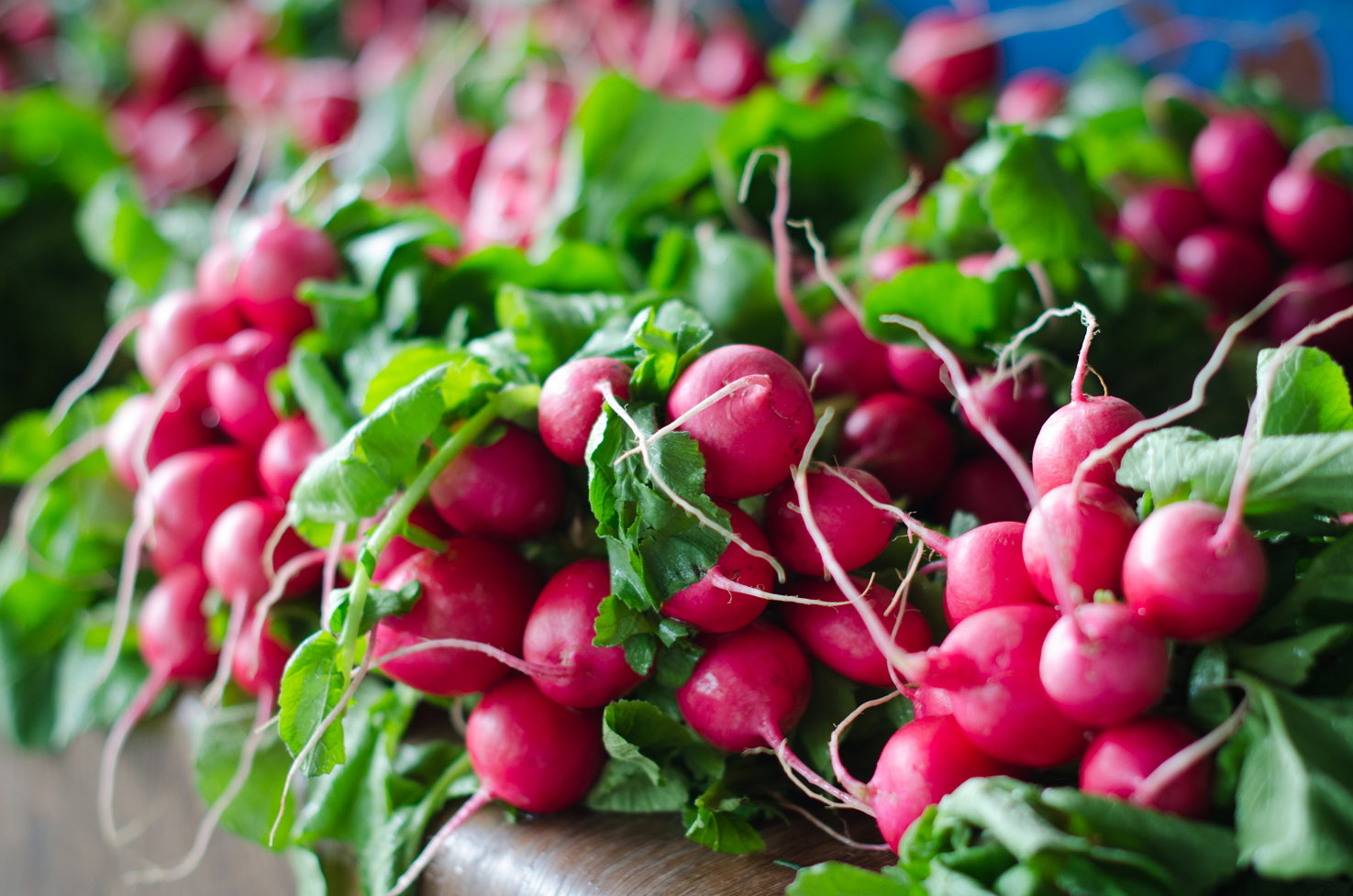
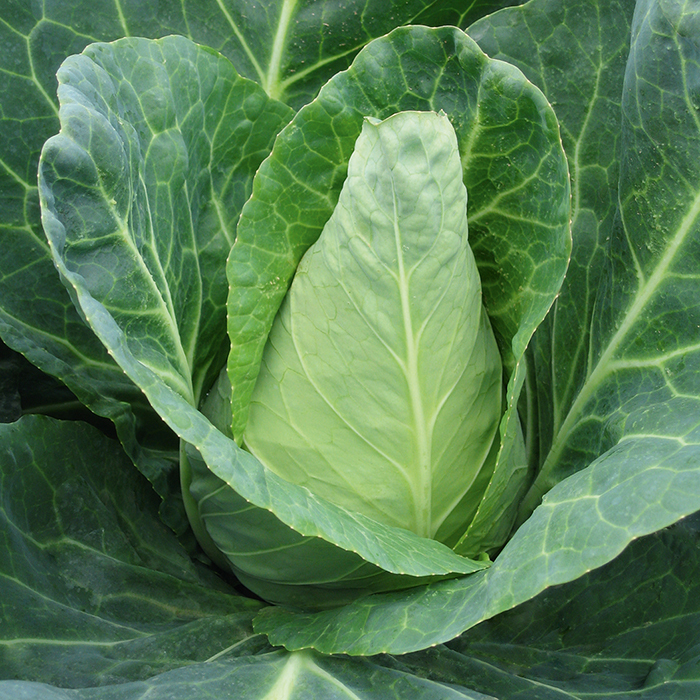
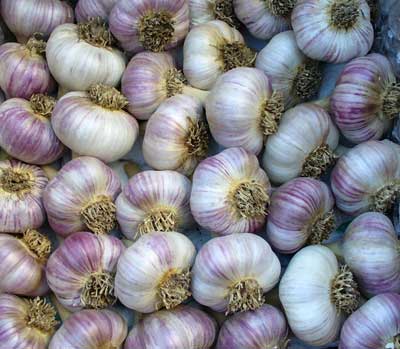
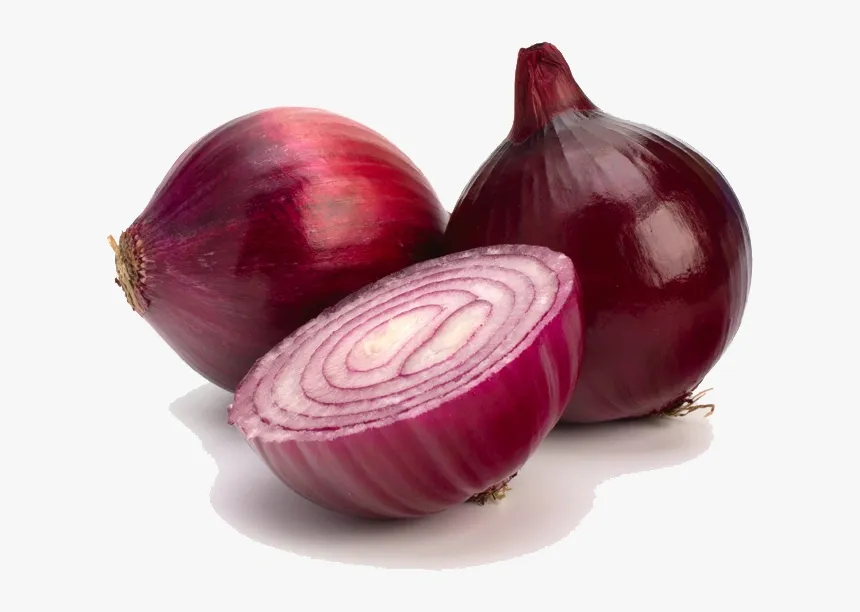

Rodney Corl
I increase seeding distance by cutting small squares of duct tape and placing over every other seed hole on the plate. This especially works well with super sweet varieties of corn, which are too small for the corn plate and the pea/bean plate has too close spacing. Cover every other hole on the pea/bean plate and it’s pretty near perfect.
Julie
I would like to also point out the HOSS Garden Seeder for $399. It is a step up from the Earthway in quality and price. It also has some pros and cons.
.
The HOSS Garden Seeder has a similar spinning plate system, but horizontal instead of vertical. Depth of planting IS adjustable. Sometimes I use zip-ties to hold the chain off of the soil, for tiny surface-sown seeds.
.
The jury is still out, whether I like mine or not. It is definitely way faster than kneeling and planting by hand, but doesn’t have as good of germination as hand seeding (no matter what its settings are). I have sandy soil so that might be why. I definitely think soil type should be a consideration for which seeder is best for your context.
Paul
I have to give a shout out to the planet Jr 300a seeder. I get why it isn’t included in your list of push seeders that you’ll be reviewing – it is an antique, not readily available on the market, but you can find them out there in the world. They are bomb proof, and I love mine and use it a lot. It does as well as my Jang for many things, and better than my Jang for specific things (like beans or peas and especially raw beet seed). It is solid and dependable and I will pass it on to the next generation who takes over the farm when I can’t do this work anymore! I can’t say the same for most seeders currently under production, with all their plastic parts.